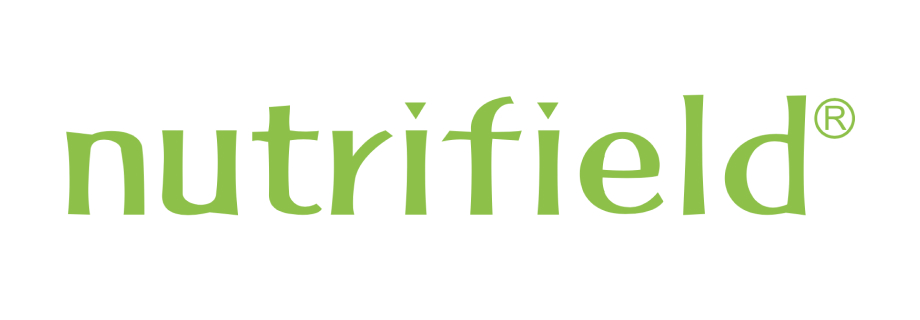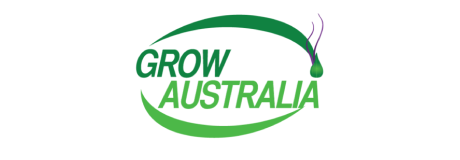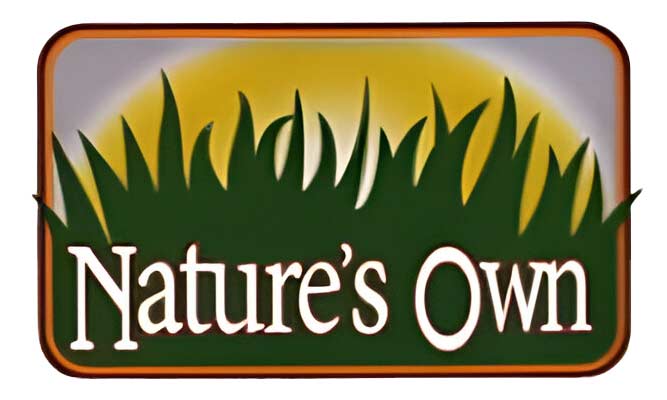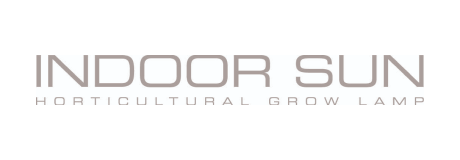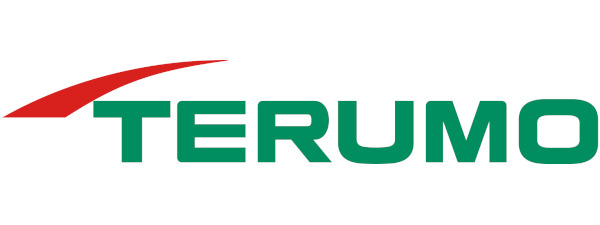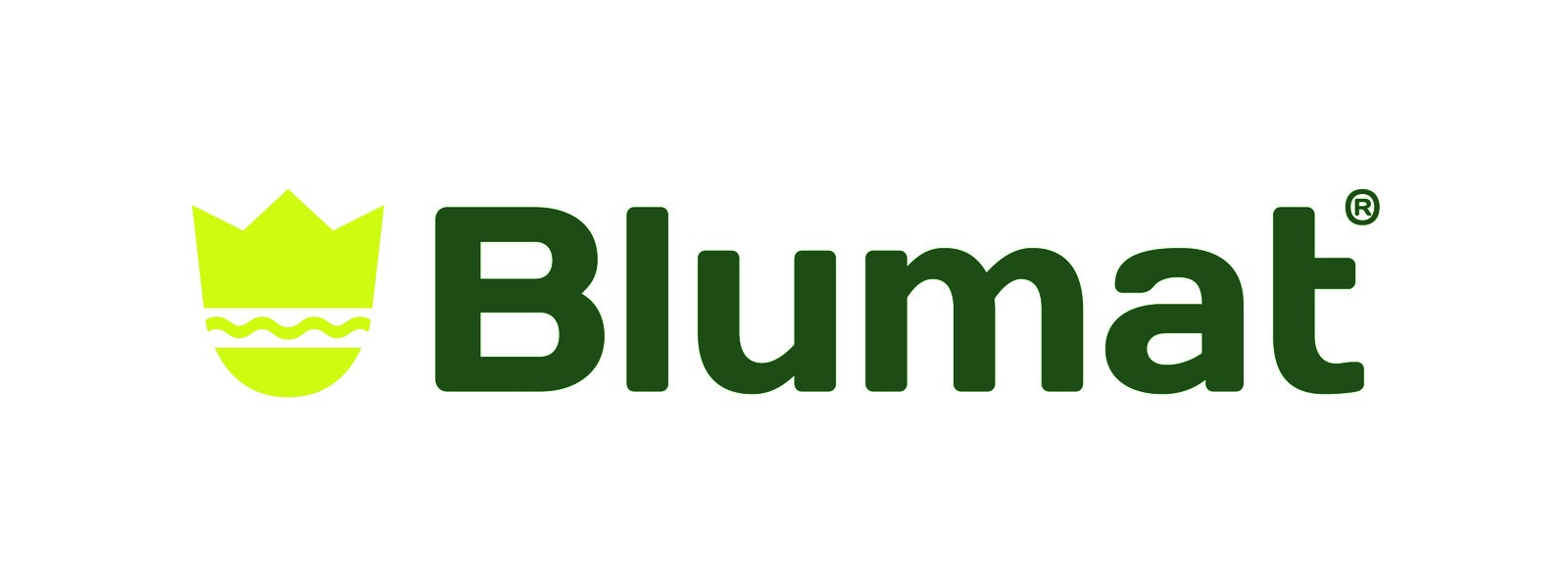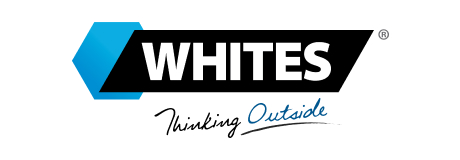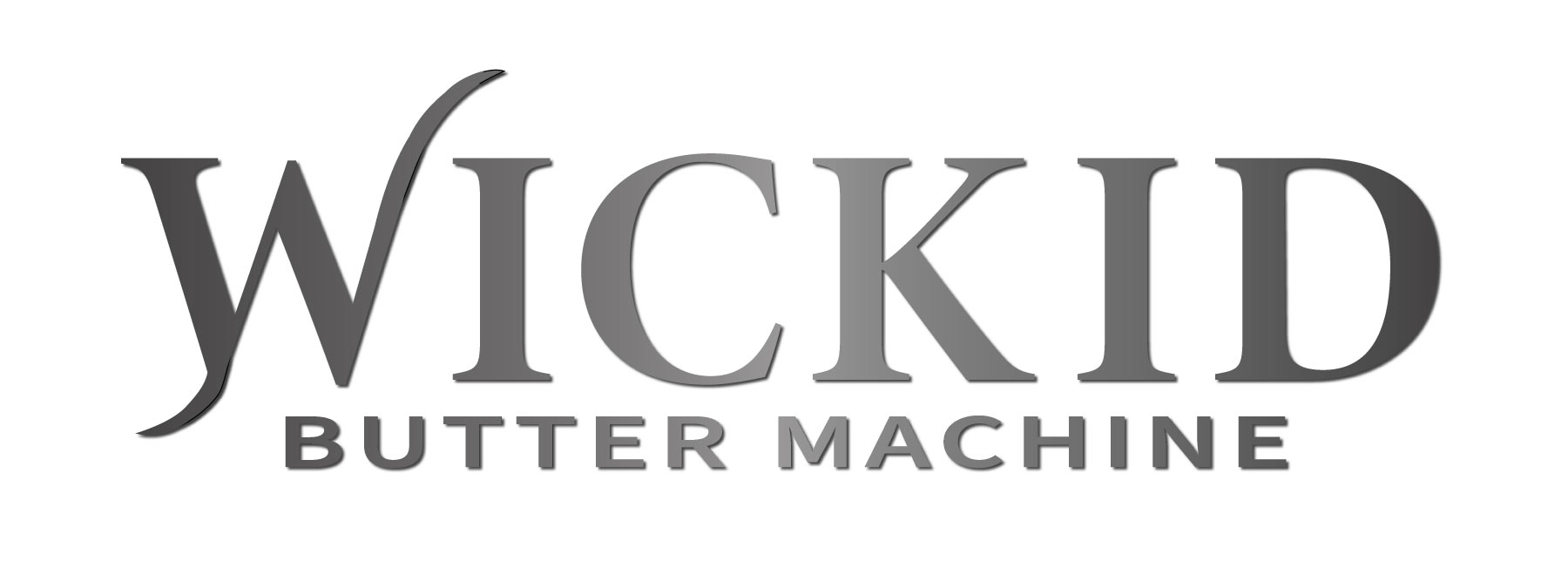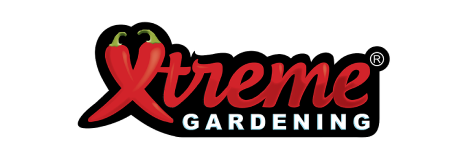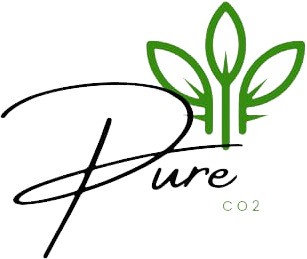Beat The Chill
Winter might bring a cosy change of pace to your evenings, but for your plants, the colder months can spell stress, stalled growth, or worse. While outdoor gardens may go dormant, your indoor garden should be a sanctuary of stable conditions and steady progress. So, how do you keep things warm when the temperature drops?
Luckily, winterising your setup doesn't require a complete overhaul. Small tweaks and strategic tools can make a big difference. Here are a few practical ways to help your plants beat the chill this winter.
1. Warm Roots = Happy Plants
Root zone temperature is one of the most overlooked factors in winter growing. Even if your air temps are spot on, cold roots can still slow nutrient uptake, stall growth, and reduce microbial activity in the rhizosphere.
A heat mat is one of the simplest ways to keep root temps stable-especially for seedlings, clones, or tropical species that prefer a little extra warmth. The Heat Mat Kits are a plug-and-play solution for small propagation setups, available in four sizes to suit a range of trays and containers.
Want tighter control? Use a thermostat with a remote probe placed directly into the growing medium. This ensures accurate monitoring of the actual root zone, not just the mat surface. Ideal root temps are typically in the 22–26°C range-perfect for enzymatic activity and nutrient ion uptake, particularly phosphorus and trace elements.
Pro tip for larger setups: Look beyond mats. Raise containers off cold concrete using foam board or rubber matting to reduce heat loss. Fabric pots can also help maintain temperature equilibrium by improving airflow and reducing condensation at the base.
2. Add Some Air Heat
If your air temps are dipping - especially during lights-off periods - you'll need to supplement heat. Maintaining 24-26°C during the photoperiod and no lower than 18°C at night supports strong vegetative growth and flowering development. Wide fluctuations (more than 6°C) can cause hormonal stress, impact internodal spacing, and delay flowering in photoperiod-sensitive plants.
The Horti Air Heat Saber is a low-profile radiant heater designed for grow environments. Available in three sizes, it emits gentle, consistent heat while using minimal power-ideal for tents and compact spaces.
Advanced tip: If using an environmental controller like the TrolMaster Hydro X, plug your Heat Saber into a temperature module to finely tune your day/night cycles. You can also manipulate DIF (day/night temperature differential):
- A positive DIF (warmer days than nights) promotes vertical growth.
- A negative DIF (cooler days than nights) can help reduce stretch and tighten internodes.
Adding the optional heat shield offers directional control and increases safety - especially in tight or tiered setups.
3. Keep Your Reservoir Cosy
Running hydro? Don't overlook your nutrient reservoir. Solution temps below 18°C can reduce dissolved oxygen levels and shock root systems, even when air temps are stable.
The Aqua One Thermosafe Heater is a submersible unit with integrated thermostat control, available in three wattages to suit a variety of reservoir volumes. It keeps your nutrient solution in the 19–21°C sweet spot, where oxygen saturation remains high and nutrient uptake is optimised.
Pro tip: Insulate your tank using reflective wrap or foam board, and keep lids closed to minimise heat loss. This also helps reduce heater cycling, saves energy, and stabilises your EC and pH levels over time.
4. Don't Forget Humidity
Cold air holds less moisture - and when you add heating and airflow into the mix, things can get dry fast. Low humidity can lead to poor transpiration, calcium lockout, tip burn, and stunted growth.
The Horti Air Ultrasonic 13.5L Humidifier tackles dry zones head-on. With a large reservoir and ultra-fine mist, it's great for tents and multi-light rooms alike. It helps stabilise RH without drenching surfaces or spiking room temperature.
Advanced tip: Target your VPD (Vapour Pressure Deficit) sweet spot. During early veg, aim for 0.8–1.2 kPa; tighten to 1.2–1.5 kPa in flower for better nutrient flow and pathogen resistance. If you're using LED lighting - which produces less ambient heat - you may need to run slightly higher humidity to stay in the optimal VPD range.
Bonus: Insulation & Air Exchange Tricks
Minor structural adjustments can go a long way in stabilising your winter grow environment:
- Seal leaks: Use weather stripping or foil tape on tent zippers, duct ports, and intake vents to prevent drafts.
- Insulate your floor: A layer of foam board or a wooden pallet under your tent or pots can reduce cold conduction from concrete.
- Warm your intake air: Route intake ducting through a lung room or use longer duct runs to temper outdoor air before it hits your canopy.
- Stagger fan cycles: Reduce intake fan duration during lights-off, or set negative pressure systems to run less aggressively to conserve warmth.
- Flip your light schedule: Running lights during the night (when outside temps are lowest) allows your lighting to function as passive heating.
The Takeaway
Winter growing doesn't have to be a struggle. With just a few well-placed upgrades—warming your root zone and res, stabilising air temps, and matching humidity to VPD—you can keep plants thriving right through the coldest months.



